Premium Only Content
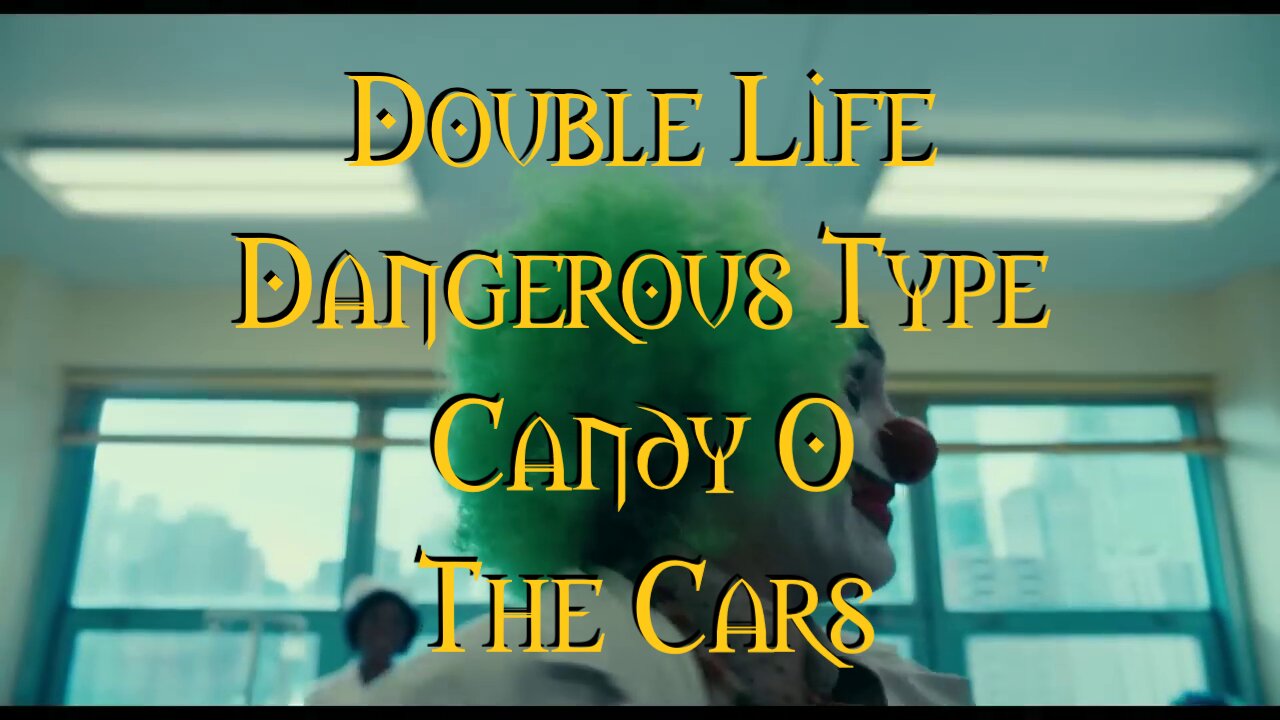
Double Life Dangerous Type Candy O The Cars
Candy-O is the second studio album by American band the Cars, released on June 13, 1979, by Elektra Records.
Side 1 Track 4 "Double Life"
Side 2 Track 16 "Dangerous Type"
Side 2 Track 13 "Candy-O"
Produced by Roy Thomas Baker. The album outperformed the band's debut, peaking at number three on the US Billboard 200. The cover art was done by pin-up artist Alberto Vargas.
Unlike the first album, Candy-O was created under a more democratic approach. Ric Ocasek said of this, "When one of my songs goes to the band in barest cassette form, we sit around and talk about it. If I'm outvoted, we don't do it. We almost didn't include 'Double Life' on the new album, it had been dropped. I think everybody in the Cars is open-minded and creative enough that they would do anything – nobody's holding anything back. Everybody appreciates the more radical, experimental kinds of music and likes it. But sometimes, when you're put together with five pieces, things are not as minimal as they could or should be. Everybody's developed a unique personal style, and we rely on their input. If they did it, it's good enough."
Most of the songs on Candy-O were written after the release of The Cars, meaning that most of the leftovers from the first album (including the popular encore "Take What You Want") were scrapped; "Night Spots", a reject from the first album, was still included.
For the album, the band once again worked with Queen producer Roy Thomas Baker. Ocasek said of their relationship with the producer, "Well, some of the things on that first album that we thought were a little slick, we toned down on the second, like on the background vocals. But if we were going to rely on the producer we had hired, there was no reason to try and change him. On the second album, it was easier to say, 'Roy, let's not do the multi-tracked harmonies this time.'"
The band's label, Elektra, initially wanted to hold back the release of the album, but the band stood their ground. Ocasek said of this, "At first Elektra wanted to hold it back some, but we told them there was no way, because if they were going to hold that back, they were going to hold us back, and we can't just sit around and be held back." Released as the follow-up to their 1978 debut album The Cars, Candy-O peaked at number three on the Billboard 200. The album re-entered the charts at number 179 in 1984. The record was also ranked number 82 on Billboard's "Top Albums of the Year" chart for 1979.
The album cover was painted by artist Alberto Vargas, who was known for his paintings of pin-up girls that appeared in Esquire and Playboy magazines in the 1940s through the 1960s. The idea to hire Vargas came from drummer David Robinson, the band's artistic director and a collector of pin-ups. The 83-year-old Vargas had retired several years earlier but was persuaded to take the assignment by his niece, who was a fan of the Cars. The painting, depicting a woman sprawled across the hood of a Ferrari 365 GTC/4, was based on a photo shoot directed by Robinson at a Ferrari dealership. The model, coincidentally named Candy Moore, briefly dated Robinson afterward.
Candy Moore, a model and actress who appeared in the 1981 movie Lunch Wagon, is often confused with an actress of the same name who starred in The Lucy Show and married actor Paul Gleason. The case of incorrect identity is pervasive throughout the Internet, having the Lucy Show actress often linked to, and credited with, the work of the model found on the Cars' album. The Candy Moore from the cover of the Candy-O album can also be found wearing a red shirt on the cover of Rick James' album Street Songs, and on subsequent sleeves for his singles such as "Ghetto Life". Other shots of the model during the Candy-O cover shoot can be found in a video interview with David Robinson.
"Double Life" is a single by the American rock band the Cars from their second album Candy-O. Written by Ric Ocasek, the song was almost left off the album. The song was released as the third single from the album in 1979, but did not chart.
"Double Life" was almost left off of Candy-O; Ric Ocasek recalled, "When one of my songs goes to the band in barest cassette form, we sit around and talk about it. If I'm outvoted, we don't do it. We almost didn't include 'Double Life' on the new album, it had been dropped." The first lines of the song, "It takes a fast car to lead a double life," are taken from the first two lines of a poem by Lawrence Ferlinghetti called "Lost Parents."
On the Candy-O album, this song segues via cross-fading into the next song, "Shoo Be Doo", which, in turn, segues into the album's title track. Aside from being in the same relative keys (C major and A minor), the two have nothing in common. This trick of connecting multiple songs by crossfading or short segueways tempted radio programmers, in the earlier days of radio, into playing more than one song from the album. Many stations had succumbed to this temptation in the sequencing of Side Two of the band's debut album (in which "You're All I've Got Tonight", "Bye Bye Love", "Moving in Stereo", and "All Mixed Up" were all lined up seamlessly).
A music video, featuring the band miming to the song, was also released. It was the 21st video to be played on the MTV's first day of broadcast on August 1, 1981.
The Cars
Ric Ocasek – vocals, rhythm guitar
Benjamin Orr – vocals, bass guitar
Greg Hawkes – keyboards, percussion, sax, backing vocals
David Robinson – drums, percussion
Elliot Easton – lead guitar, backing vocals
Technical
Roy Thomas Baker – production
Geoff Workman – engineering
George Tutkov – engineering assistance
George Marino – mastering at Sterling Sound (New York City)
-
 LIVE
LIVE
Wendy Bell Radio
5 hours agoNothing To See Here
12,338 watching -
 2:12:18
2:12:18
TheDozenPodcast
21 hours agoIslam vs Christianity: Bob of Speakers' Corner
45.6K13 -
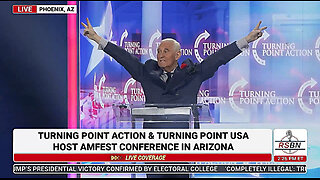 14:36
14:36
The StoneZONE with Roger Stone
1 day agoRoger Stone Delivers Riveting Speech at Turning Point’s AMFEST 2024 | FULL SPEECH
48K19 -
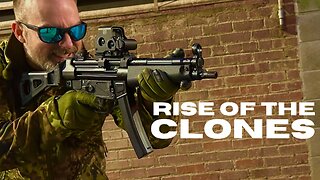 18:59
18:59
Fit'n Fire
11 hours ago $4.23 earnedZenith ZF5 The Best MP5 Clone available
18K1 -
 58:34
58:34
Rethinking the Dollar
20 hours agoTrump Faces 'Big Mess' Ahead | RTD News Update
20.5K5 -
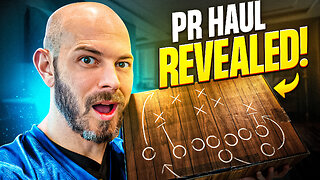 5:35
5:35
Dermatologist Dr. Dustin Portela
20 hours ago $1.44 earnedUnboxing Neutrogena PR Box: Skincare Products and Surprises!
15.9K2 -
 11:20
11:20
China Uncensored
19 hours agoCan the US Exploit a Rift Between China and Russia?
42.3K15 -
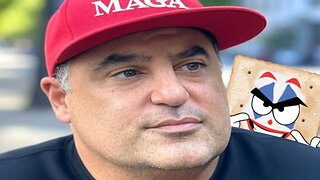 2:08:48
2:08:48
TheSaltyCracker
15 hours agoLefty Grifters Go MAGA ReeEEeE Stream 12-22-24
237K673 -
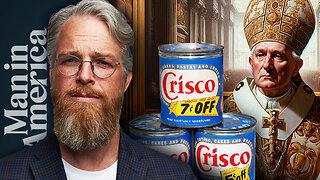 1:15:40
1:15:40
Man in America
17 hours agoThe DISTURBING Truth: How Seed Oils, the Vatican, and Procter & Gamble Are Connected w/ Dan Lyons
139K130 -
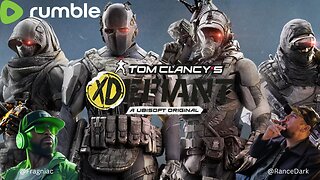 6:46:07
6:46:07
Rance's Gaming Corner
19 hours agoTime for some RUMBLE FPS!! Get in here.. w/Fragniac
170K4